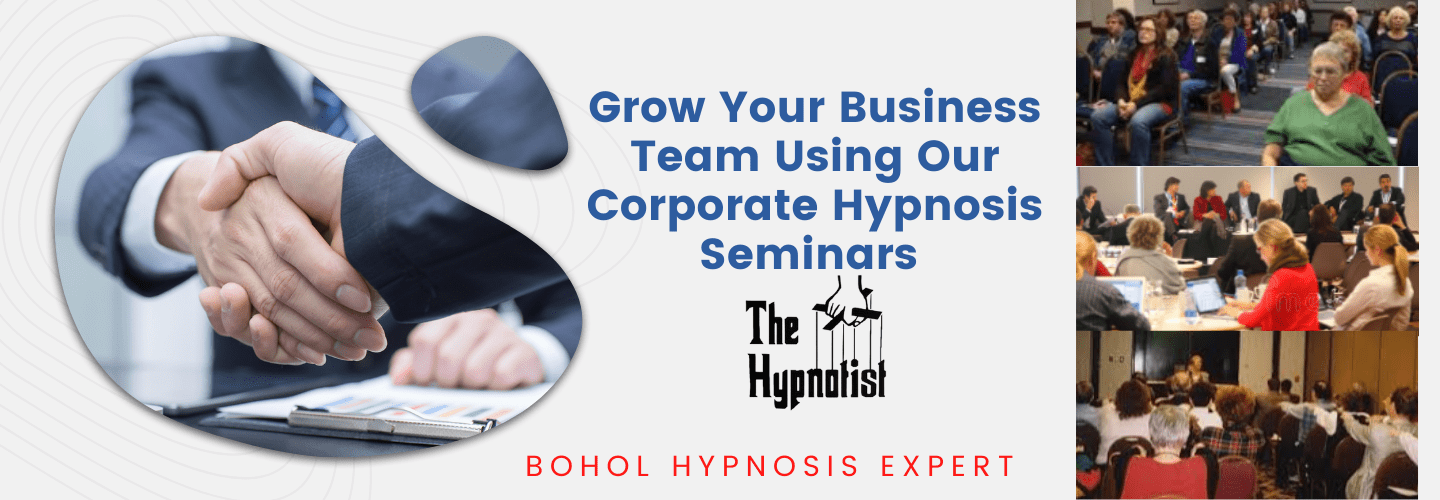
Ichthyophobia, or the intense fear of fish, can be addressed using Hypnosis, Emotional Freedom Technique (EFT), and Neuro-Linguistic Programming (NLP). These therapies access the subconscious mind, employ strategic tapping on energy meridians, and reframe cognitive perceptions, respectively, to reduce anxiety levels and emotional responses. Combining these methods can lead to lasting change by tackling both the symptoms and root causes of the phobia. Further exploration yields deeper insights into sustaining these developments over time.
Key Takeaways
- Explore hypnosis to access your subconscious and reframe your fear of fish.
- Use the Emotional Freedom Technique to manage emotional responses and reduce fear intensity.
- Practice Neuro-Linguistic Programming to transform irrational fears into controlled thoughts.
- Gradually increase exposure to fish, starting in controlled, comfortable settings.
- Incorporate mindfulness to observe and manage your reactions during exposure sessions.
Understanding Ichthyophobia: The Fear of Fish
Ichthyophobia, or the fear of fish, manifests as a psychological condition where individuals experience anxiety ranging from mild discomfort to debilitating panic attacks when encountering fish.
This phobia is often triggered by direct or indirect experiences, such as traumatic events associated with water bodies or visual stimuli from fish-like shapes or movements.
Understanding the underlying causes is essential for effective intervention. Support networks play a significant role in coping mechanisms, offering emotional backing and strategies to confront and gradually desensitize the fear.
Scientific studies emphasize the importance of tailored therapeutic approaches, integrating cognitive-behavioral techniques with support from trained professionals and community groups.
The Power of Hypnosis in Overcoming Phobias
Building on the foundational knowledge of ichthyophobia, the discussion now shifts to exploring the efficacy of hypnosis in addressing various phobias.
Hypnosis offers significant benefits by accessing the subconscious mind, fostering deep psychological changes. This therapeutic technique induces a trance-like state, increasing suggestibility to positive affirmations and imagery that counter phobic reactions.
Hypnosis facilitates subconscious healing, allowing individuals to reframe and diminish the emotional impact of their fears. By altering subconscious perceptions, hypnosis not only mitigates the symptoms but often addresses the root causes of phobias, resulting in durable behavioral and emotional adjustments conducive to long-term recovery.
How Emotional Freedom Technique Can Help

Shifting focus to the Emotional Freedom Technique (EFT), this method emerges as a robust tool in the arsenal against phobias such as ichthyophobia. By tapping on specific meridian points, EFT helps individuals manage their emotional responses and achieve emotional balance. This technique not only reduces the intensity of fear but also empowers individuals to confront and handle their phobias actively.
| Aspect | Impact |
|---|---|
| Tapping Points | Targets energy paths to release blockages |
| Focus on Fear | Reduces emotional intensity of phobia |
| EFT Benefits | Promotes emotional balance and self-regulation |
| Self-Empowerment | Enhances individual coping mechanisms |
EFT stands out by offering a practical approach to self-administered therapy for phobia management.
Neuro-Linguistic Programming: A Tool for Change
As another powerful method for addressing ichthyophobia, Neuro-Linguistic Programming (NLP) offers a dynamic set of tools that enable individuals to reframe their thoughts and emotional responses to fear.
Utilizing NLP techniques, practitioners guide clients through cognitive reframing processes, altering negative mental constructs about fish. This reprogramming helps transform irrational fears into more rational, controlled thoughts, reducing anxiety.
Combining Techniques for Holistic Healing

Integrating the individual strengths of Hypnosis, EFT, and NLP creates a thorough approach to treating ichthyophobia.
Hypnosis accesses deep-seated fears in the subconscious, altering perceptions. EFT, through meridian tapping, addresses the emotional upheavals associated with phobias, facilitating emotional resilience.
NLP's strategic use of language and cognitive reframing transforms detrimental thought patterns into empowering beliefs. This synergy not only enhances self-awareness but also fosters a robust emotional resilience framework.
When combined, these modalities offer a holistic healing strategy, greatly improving how individuals perceive and react to their fears, ultimately leading to a sustained phobia resolution and improved quality of life.
Success Stories: Real-Life Transformations
Success stories from individuals who have overcome their fear of fish through the integrated use of hypnosis, EFT, and NLP illuminate the profound efficacy of these techniques. Personal journeys shared reveal significant emotional and psychological transformations. The following table exemplifies anonymized case studies:
| Case | Technique Used | Outcome |
|---|---|---|
| A1 | Hypnosis | Complete remission of fear |
| B2 | EFT | Marked reduction in anxiety |
| C3 | NLP | Improved coping strategies |
| D4 | Combined | Sustained fear management |
These cases underscore that tailored approaches can lead to durable changes in fear perception and emotional resilience.
Strategies for Sustaining Your Progress

Maintaining progress after initial success in overcoming ichthyophobia involves a systematic approach to guarantee the fear does not resurface. Continual exposure therapy is essential, methodically increasing interaction with fish under controlled conditions to reinforce positive outcomes and desensitize the individual.
Concurrently, integrating mindfulness techniques aids in recognizing and regulating emotional responses during exposure. This dual strategy guarantees an extensive conditioning process, preventing regression.
Mindfulness fosters a heightened state of awareness, enabling individuals to observe their reactions without judgment, enhancing their ability to cope with anxiety provocatively.
This extensive approach promotes sustained success in managing and eventually overcoming the fear of fish.
Take the Next Step: Begin Your Journey Today
Starting on the journey to conquer ichthyophobia begins with a decisive step towards seeking professional help and utilizing proven therapeutic techniques.
Engaging with personalized coaching and accessing self-help resources are critical in developing a tailored approach to overcoming this phobia. Personalized coaching allows for a deeper understanding of individual triggers and effective coping mechanisms, guided by expert insights.
Meanwhile, self-help resources provide continual support and reinforcement of therapeutic techniques at one's own pace. These resources, combined with professional guidance, create a robust framework for individuals to manage their fear efficiently and regain control over their interactions with fish.
Frequently Asked Questions
Can Children Undergo These Therapies for Ichthyophobia?
Children can undergo therapies for ichthyophobia, including hypnosis, EFT, and NLP. These methods, often complemented by exposure therapy, are adapted for child therapy to guarantee safety and effectiveness in managing and overcoming fear responses.
Are There Dietary Changes That Can Support Overcoming Ichthyophobia?
Dietary changes, including incorporating fish alternatives and supplements, might indirectly support overcoming ichthyophobia by reducing direct fish consumption while maintaining nutritional balance, potentially lessening anxiety associated with fish-related dietary habits.
How Does Seasonal Affective Disorder Influence Ichthyophobia?
Seasonal Affective Disorder may exacerbate ichthyophobia by intensifying emotional responses and anxiety during specific times of the year, acting as seasonal triggers that heighten the phobia's impact on an individual's emotional well-being.
What Are the Insurance Coverage Options for These Therapies?
Insurance coverage for therapies like hypnosis, EFT, and NLP varies widely, often depending on the provider's qualifications and the specific policy terms regarding mental health services and alternative treatment modalities. Always verify benefits and therapy costs.
Can Virtual Reality Be Integrated With These Therapeutic Techniques?
As old as time, adapting tools for new uses enhances outcomes. Virtual reality can indeed be integrated with hypnosis, EFT, and NLP, using virtual immersion and therapeutic simulations to deepen the therapeutic experience effectively.
Conclusion
In summary, the journey to overcoming ichthyophobia can be likened to traversing a labyrinthine ocean, fraught with the dark depths of fear and anxiety. However, armed with transformative psychological tools like Hypnosis, EFT, and NLP, individuals can illuminate these shadowy waters, charting a course toward emotional liberation and renewed engagement in life's aquatic adventures. This therapeutic odyssey not only promises relief but also fosters a profound reconnection with the natural world, ultimately restoring tranquility to troubled waters.





